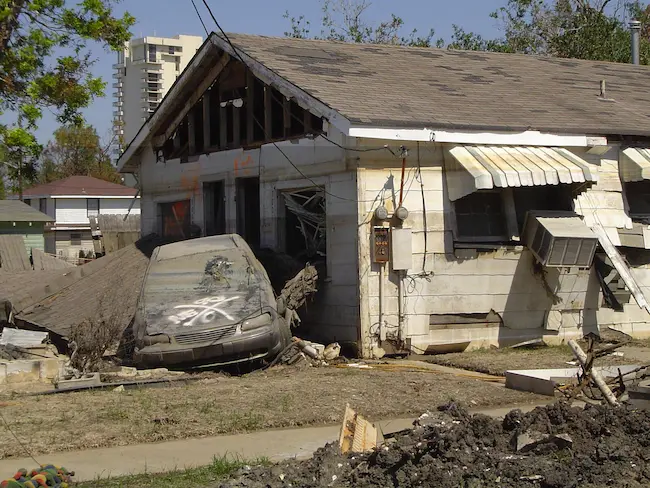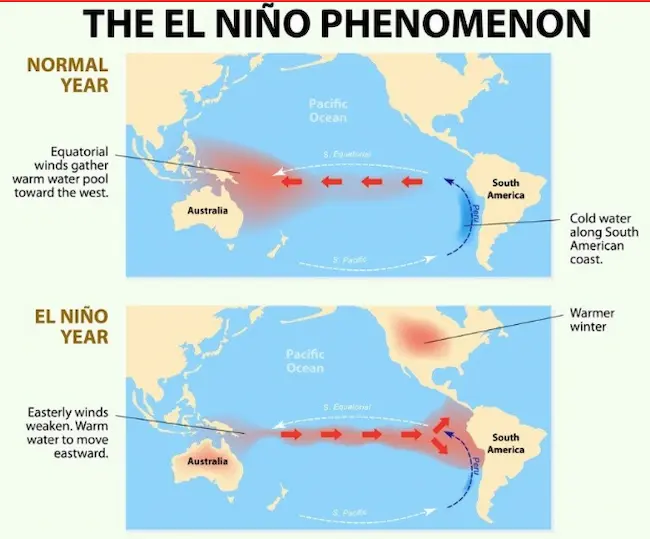California frequently relaxing in the magnificence of its radiant skies and calm environment. Sometimes winds up helpless before Mother Earth’s rage as strong storms. California storm portrayed by weighty precipitation solid breezes and in some cases in any event flooding can release chaos and destruction upon the Brilliant State. In this thorough article we will dig into the effects of California storms, their causes, and how versatile Californians get ready for and adapt to these regular catastrophes.

Understanding California’s Unique Geography
Role of Geography
The geology of California assumes a significant part in the events and qualities of these storms. The state settled along the tremendous scope of the Pacific Coast. It faces an extraordinary arrangement of meteorological peculiarities including environmental stream occasions and seaward tempests.
Atmospheric Rivers
Climatic streams casually known as “Pineapple Express” storms are protracted ways of suddenness stacked air beginning in the tropical Pacific. These environmental characteristics can accomplish extended seasons of tenacious precipitation. Their request as barometrical streams features their crucial work in recharging California’s water resources while similarly addressing a gigantic flood risk.
Offshore Storms
California has become accustomed to the ferocity of offshore storms, which are closely associated with the Pacific Decadal Oscillation. These meteorological occasions manifest as low-pressure frameworks created off the coast and can achieve extraordinary breezes, heavy precipitation, and difficult situations. The sporadic idea of seaward tempests makes them try to anticipate and can bring about significant harm to beachfront regions.
Causes of California Storm
Climate Change
As of late environmental change has arisen as a powerful impetus in strengthening the recurrence and seriousness of tempests across California. Increasing worldwide temperatures, combined with changing maritime circumstances, have impacted the elements of California’s atmospheric conditions. Raised ocean levels and hotter maritime temperatures give the catalyst for these storms to increment in strength and savagery.
El Niño and La Niña
The Pacific Ocean’s El Niño and La Niña phenomena exert a considerable influence on California’s meteorological landscape. El Niño characterized by warmer waters in the equatorial Pacific has the potential to disrupt traditional weather patterns. Conversely La Niña marked by cooler equatorial waters can yield drier conditions contributing to California’s susceptibility to drought.
Intense Storms Fueled by El Niño Set to Pummel West Coast
The West Shoreline of the US is preparing itself for a series of extreme storms and the guilty party behind this looming climate disturbance is in all honesty the considerable climatic peculiarity known as El Niño. These storms driven by the warming of tropical waters in the Pacific Sea are ready to release their fierceness bringing weighty precipitation strong breezes and a large group of possible dangers to the locale.

Understanding El Niño
El Niño is a repetitive environment design portrayed by the strange warming of ocean surface temperatures in the focal and eastern tropical Pacific Sea. This apparently harmless temperature increase can set off an outpouring of barometrical changes with expansive results. El Niño occasions ordinarily happen every two to seven years and their effect on worldwide climate designs is significant.
The Pacific Ocean’s Influence
The essential main impetus behind these approaching tempests is the raised ocean surface temperatures in the tropical Pacific. Hotter waters give extra energy to the environment, prompting the improvement of low-pressure frameworks and expanded air precariousness. Subsequently, the West Shoreline of the US turns into a practical objective for the dampness-loaded air masses produced by these circumstances
The Forthcoming Storms
Heavy Rainfall
One of the most immediate consequences of El Niño-driven storms is heavy rainfall. The warmer ocean waters release moisture into the atmosphere, which then condenses and falls as rain when it encounters cooler air over land. It can lead to prolonged periods of rainfall, sometimes resulting in flooding in susceptible areas.
Powerful Winds
In addition to heavy rainfall, El Niño storms can bring powerful winds. These gusts can cause damage to infrastructure, down trees and power lines, and create hazardous conditions for drivers and pedestrians alike.
Landslides and Mudslides
The combination of heavy rainfall and steep terrain prevalent in parts of the West Coast increases the risk of landslides and mudslides. Saturated soil becomes unstable, leading to the abrupt movement of earth and debris, potentially threatening homes and roads.
Coastal Erosion
Coastal areas are particularly vulnerable during El Niño events. The increased wave energy and storm surge associated with these storms can result in severe coastal erosion, endangering both property and natural habitats.
Preparing for the Onslaught
Given the well-documented and cyclical nature of El Niño events, West Coast communities are well-versed in preparing for their arrival. Some key preparations include:
Early Warning Systems
Meteorological agencies and local authorities closely monitor El Niño-related weather patterns, providing a warning to residents. It allows for the timely implementation of evacuation plans and the securing of properties.
Infrastructure Upgrades
Communities in high-risk areas often invest in infrastructure upgrades to mitigate the impact of heavy rainfall, such as improved drainage systems and the reinforcement of riverbanks.
Preparing for California Storms
Emergency Kits
A fundamental aspect of storm preparedness is the creation of emergency kits. Californians assemble these kits, which should include non-perishable food items, an ample supply of potable water, flashlights, batteries, and essential first-aid supplies. These kits are indispensable during power outages, road closures, or evacuation scenarios, ensuring that families remain self-sufficient until the storm subsides.
Home Preparations
Protecting one’s residence against the ravages of a California storm is of paramount importance. Homeowners should undertake preventive measures such as reinforcing windows, clearing gutters to prevent water buildup, and strategically trimming trees to mitigate damage from strong winds. Properly securing outdoor objects and furniture can also minimize potential projectiles during high winds.
Evacuation Plans
Having a well-thought-out evacuation plan can be a lifesaver during a severe storm. Familiarize yourself with local evacuation routes and establish a designated meeting point for family members in case of separation. Ensure that your vehicle is in good working order and has ample fuel to facilitate a swift and safe departure, if necessary.
Coping with the Aftermath
Community Support
Californians often display remarkable resilience and solidarity in the face of adversity. During and after a storm, communities frequently come together to provide support and assistance to those in need. Local organizations and volunteers play a pivotal role in coordinating relief efforts, providing shelter, distributing supplies, and offering emotional support.
Insurance Coverage
Investing in comprehensive insurance coverage, including flood insurance, can significantly alleviate the financial burden associated with storm-related damage. Adequate coverage ensures that individuals and families can swiftly initiate the process of rebuilding their lives and properties in the aftermath of a devastating storm.
FAQs
Did California get hit by a hurricane in 2023?
No, California did not experience a hurricane in 2023. The state primarily faces storms originating from the Pacific Ocean, including atmospheric rivers and offshore storms.
What was the worst storm in California history?
One of the most infamous storms in California’s history is the “Great Flood of 1862.” This catastrophic event resulted from weeks of heavy rainfall and caused widespread flooding throughout the state.
What is the biggest flood in California?
The biggest flood in California’s recorded history is the “Great Flood of 1862.” It inundated large parts of the state, forming an inland sea and causing extensive damage.
Conclusion
All in all, California storms act as a lowering wake-up call of nature’s eccentric power. While we may not forestall these tempests, figuring out their causes, persevering readiness, and aggregate versatility can decrease their effect and improve our capacity to explore the difficulties they present.


